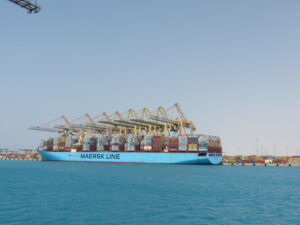
There have recently been many stories in the media about shipping firms pausing Red… Read more »

There have recently been many stories in the media about shipping firms pausing Red… Read more »
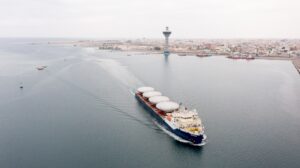
P&O Maritime Logistics, a leading provider of critical logistics and marine solutions, will use… Read more »
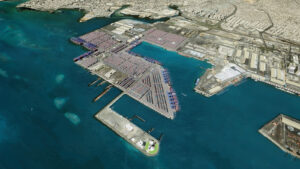
Red Sea Gateway Terminal (RSGT), has been named winner of the 2020 Sustainability Award… Read more »
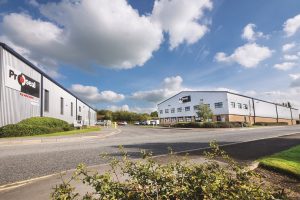
Proseal – a leading UK provider of tray sealing technology to the food industry… Read more »
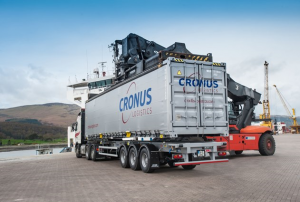 please click here.
please click here.
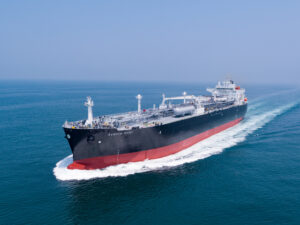
Reducing pollutant emissions in the shipping industry can be achieved by using clean, alternative… Read more »

International haulage company JJX Logistics has improved the safety and sustainability of its fleet… Read more »

Europa Air & Sea has invested in two new leadership roles as it expands… Read more »
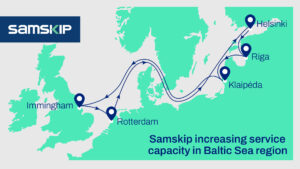
Friday March 1st marked the date when Samskip took the next step in its… Read more »
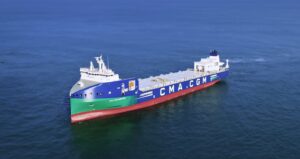
CMA CGM Group, a global player in maritime, land, air, and logistics solutions, has… Read more »
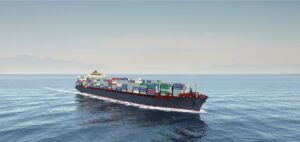
cargo-partner, a leading global logistics provider, has introduced a new Full Container Load (FCL)… Read more »
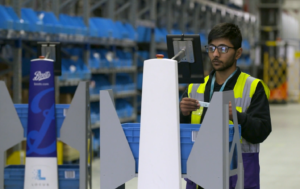
Locus Robotics, a market leader in autonomous mobile robots (AMRs) for fulfilment warehouses, released… Read more »
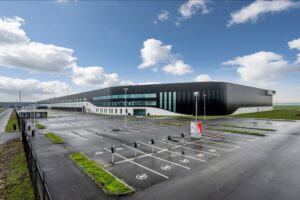
Prologis Europe is pleased to release its Seven Supply Chain Predictions for 2024. Prologis… Read more »
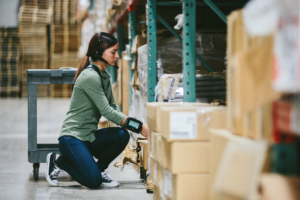
Mark Morley, Senior Director, Product Marketing at OpenText, provides his supply chain trend forecast… Read more »
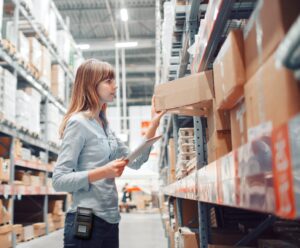
Peak season is a chaotic and profitable time for the majority of retailers and… Read more »

As the holiday shopping season rapidly approaches, shippers and carriers are yet again gearing… Read more »
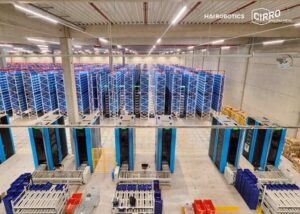
CIRRO Fulfillment and Hai Robotics, a pioneer and leader in Autonomous Case-Handling Robot (ACR)… Read more »

More than four out of ten (41%) of European supply chain executives expect this… Read more »
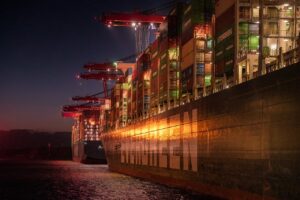
Freight procurement processes have always been noted for their high levels of complexity which… Read more »

As it warms up in the Northern Hemisphere, Emirates SkyCargo is scaling up its… Read more »
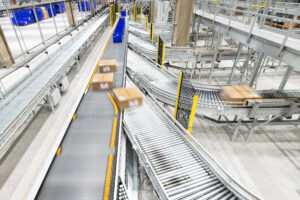
Dematic has just launched its Noise Reduction portfolio worldwide, a comprehensive set of solutions… Read more »
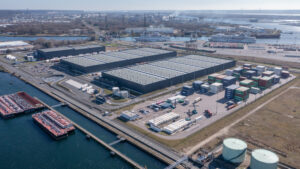
Seafrigo has acquired the specialist UK-headquartered forwarder Perishables Movements Limited (PML); with the formal… Read more »

New global research from DHL Supply Chain among e-commerce decision makers in retail and… Read more »
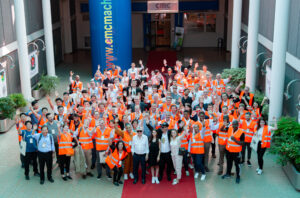
CID23, the 10th edition of CMC Innovation Day, took place last Thursday, June 22nd.… Read more »

Redkik, a global software company with the mission to simplify and improve the supply… Read more »

DS Smith, a leading global sustainable packaging company, has innovated DD Wrap as a… Read more »
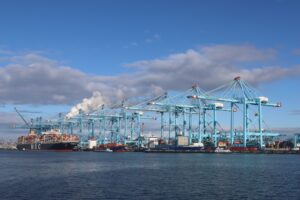
The International Maritime Organization (IMO) has long been committed to reducing the industry’s carbon… Read more »
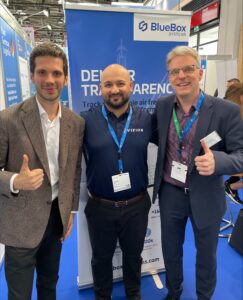
Over the past three years, global supply chains have been challenged by structural issues… Read more »
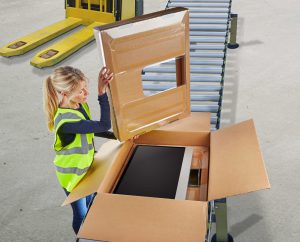
Sealed Air Corporation has announced it has officially changed its corporate brand to SEE®,… Read more »